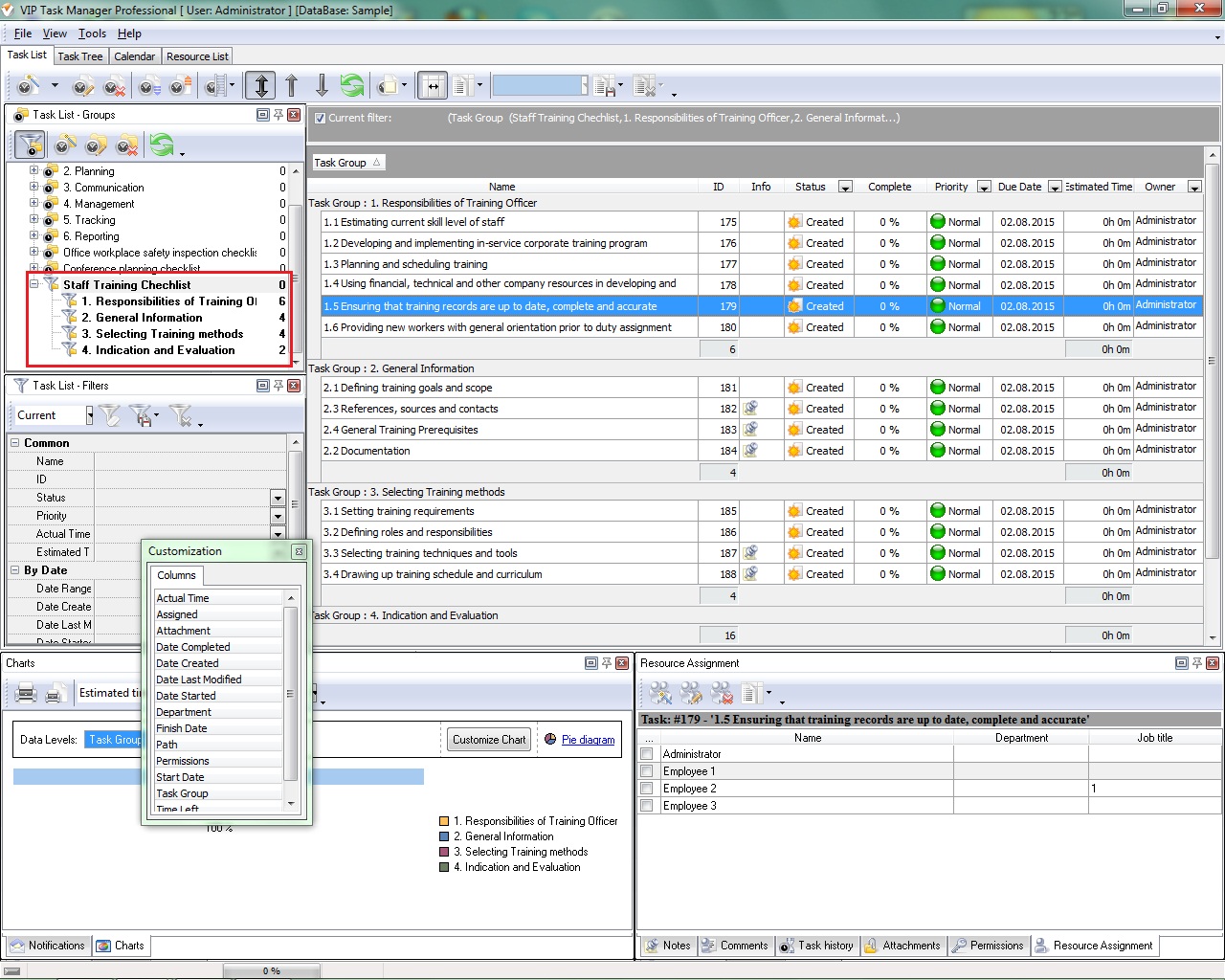
A supportive PMO will provide guidance to help individuals plan and manage their own projects. IS THERE AN ARTICLE ON THIS? Project planning and executionĭepending on where they sit on the scale from 'supportive' to 'directive', PMOs may be involved in project planning and execution.

A PMO may also have the authority to terminate projects that are failing. They use their cross-departmental oversight of projects to assess, select and prioritize projects that deliver the most organizational value. Some PMOs are responsible for portfolio management and ensuring projects align to organizational strategy. A centralized PMO - with good visibility into the organization's project portfolio and pipeline - is well-placed to perform these processes.

Implement common project management methodologies and best practice.Coordinating communication across projectsĪ PMO is also concerned with implementing, promoting and monitoring compliance with standardized project management methodology.Developing and managing project policies, procedures, templates, and other shared documentation.Coaching, mentoring and training project managers.One of the main ways they achieve that is through support and structure for PMs. The primary function of the PMO is to deliver exceptional project outcomes. PMO activities may encompass any or all of the following: Supporting project managers Another benefit is that it allows businesses to pursue projects without needing to reallocate team members as temporary PMs. This ensures a high level of expertise, professionalism and standardization across all projects. When a team or department begins a project, they will be assigned a project manager from the PMO. The Directive PMOĭirective PMOs take direct control of projects. This type of PMO is appropriate if you want to raise standards and increase control over your projects - without removing control from individual teams and departments. Use of specific templates, forms, and tools.Adoption of project management frameworks or methodologies.The Controlling PMOĬontrolling PMOs provide support but also require compliance.
#MANAGEMENT PROJECT OFFICE PROFESSIONAL#
This light-touch approach can work if your goal is to empower PMs to level-up their professional practice. There is no direct intervention or control from a supportive PMO. This type of PMO serves as a repository of project best practice that PMs can tap into when they need it.

Supportive PMOs provide a consultative role to projects by supplying templates, best practices, training, access to information, and lessons learned from other projects. If you're thinking of introducing a PMO in your business, it's important to choose the right type for your objectives and organizational culture. Project Management Offices vary according to the degree of control and influence they have on projects within the organization.
#MANAGEMENT PROJECT OFFICE PLUS#
With that in mind, how can project-based businesses leverage the benefits of a PMO? Here's an introduction to the purpose, responsibility and structure of Project Management Offices - plus the factors that predict a successful PMO. (PMI and PwC Global Survey on Transformation and Project Management 2021). They discovered that organizations in the top 10% for PMO maturity reported twice the revenue growth and three times the customer satisfaction compared to other organizations. A 2022 report from the Project Management Institute - in partnership with PwC - identified the highest PMO performers and compared their business outcomes with others. and has proved a popular approach to project management ever since. The aim was to improve KPIs - more projects completed on time, on budget and to customer satisfaction - and reduce the risk of project failure. Instead of managing projects in isolation, organizations began to explore a more coordinated and standardized approach to project management. The concept of the Project Management Office first started to gain traction in the 1980s.


 0 kommentar(er)
0 kommentar(er)
